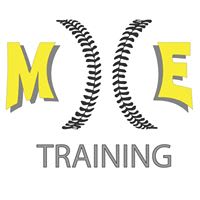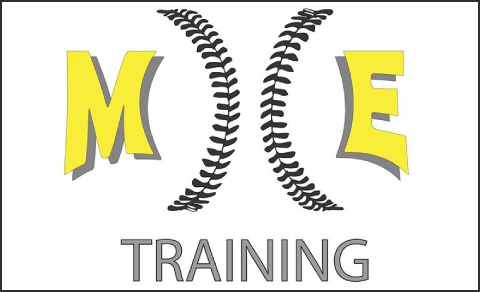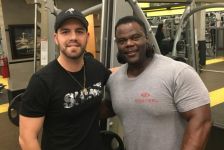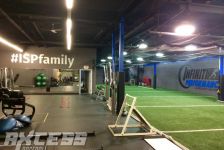by Philip Schrank, MD
 The good news is that the start of the regular spring baseball season is right around the corner. The bad news is that those warm spring days havent made it here yet. There are definitely things to modify to ensure a safe and healthy start to the new season when the weather is a little colder than usual.
The good news is that the start of the regular spring baseball season is right around the corner. The bad news is that those warm spring days havent made it here yet. There are definitely things to modify to ensure a safe and healthy start to the new season when the weather is a little colder than usual.

- Extra warmup before practice starts
Before you make your first throw make sure that you are spending at least 10 minutes on a generalized warmup for your entire body. A light jog around the field a few times mixed in with some jumping jacks should get your muscles warmed up properly and get your lungs and cardiovascular system ready for optimal performance.
2. Dynamic stretches over static stretches
The days of everyone sitting in the grass and reaching for their toes before practice needs to be a thing of the past. That is called static stretching and has been shown to increase risk of muscle strain when performed immediately before exercise. This effect could be compounded by cold weather. Dynamic stretching is the proper thing to do immediately before exercise. This includes high knees, butt kicks, apple pickers, etc. Dont forget dynamic stretches for the upper extremities as well. Wind milling the shoulders as well as huggers (think Olympic swimmers right before they get in the pool) are great exercises to get your arms ready for throwing. Save the static stretching for AFTER practice or between practices.

3. Stay warm between innings
Sitting on the bench between innings could be the kiss of death for athletes, especially pitchers. Dress warmly with a lot of layers. Put those jackets on to keep the throwing muscles warm. Dont sit down for too long. Keep all the joints moving without overexerting yourself.
4. Dont forget to hydrate
When it is cold out athletes tend to avoid drinking cold fluids. You are still losing fluids when you are exercising in cold weather. Dehydration can lead to muscle fatigue, muscle cramps, and overall exhaustion. Stay on a regular hydration schedule during practices and the games. How do you know if you have had enough to drink? If your peeing clear fluid pretty regularly it usually means the tank is full.

5. Keep those inhalers with you
Exercise induced asthma is a very common problem in all athletics, especially on cold days. Breathing through your nose helps to warm the air before it hits your lungs. When athletes get fatigued and start mouth breathing the cold air goes directly to the lungs. This can cause the airways to constrict and not allow for optimal airflow. Feeling tightness in your chest or having difficulty catching your breath can be signs of an asthma attack. Check with your physician and consider getting a prescription for an inhaler just in case those cold weather days are a problem.
 6. Most importantly, listen to your body
6. Most importantly, listen to your body
At the beginning of the season you may not be in midseason from. The strength may be there, but the endurance can take some time to build up. If you are feeling overly tired or sore it may be a sign that you are hitting your limit. Modify activities at the first sign of pain. Working through the pain is usually not the right strategy, especially when it comes to throwing athletes. Cold weather dramatically increases the risk of muscle strain. Getting immediate evaluation and treatment when the pain starts can dramatically limit down time. Use your athletic trainers for on-the-spot evaluations when something doesnt feel right.
I hope these tips are helpful. Good luck and have a healthy, successful season.












